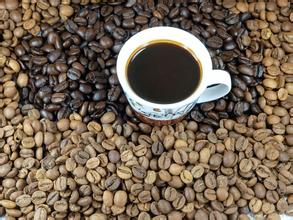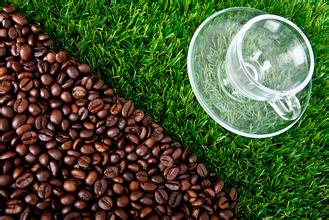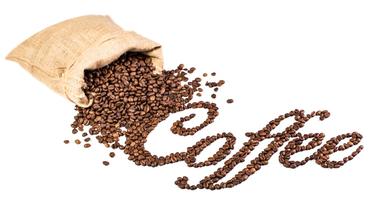Introduction to the grindability of latte macchiato coffee bean by treatment method
Introduction to the flavor description of latte macchiato coffee beans and the taste of grinding scale varieties
1. Soak the cup (warm cup) in hot water to raise the temperature, and then pour out the excess water for use.
two。 Grind the deep-roasted coffee beans, pour the coffee powder into the filler, flatten the coffee powder with a press stick, then buckle the filler to the espresso machine extraction port, and extract the ESPRESSO (coffee\\ fresh milk at 1:1).
3. Take the right amount of milk and put it under the steam nozzle of the espresso machine to steam it into hot milk.
4. Pour the steamed milk into the cup.
5. Shake the cup up and down to make the foam rise.
6. Finally, pour the ESPRESSO into the cup slowly.
The characteristic of Latte is that the taste of milk is heavier than that of coffee, so it must be greater than 1 stroke 2 milk.
Refer to the encyclopedia Caramel Latte for this information.
1. Ordinary caramel: made with or without acid or base, but not heated by ammonium or sulfite compounds. The acids used can be food-grade sulfuric acid, sulfite, phosphoric acid, acetic acid and citric acid. The bases used can be sodium hydroxide, potassium hydroxide and calcium hydroxide.
2. Caustic sulfite caramel: prepared with or without acid or base in the presence of sulfite, but not heated by ammonium compounds.
3. Ammonia caramel: prepared with or without acid or base but not heated with sulfite in the presence of ammonium compounds.
4. Ammonium sulfite caramel: prepared with or without acid or alkali heating in the presence of sulfite and ammonium compounds.
Latte is the most familiar Italian coffee item in China. It is fancy coffee with equal proportion or even more milk in the thick and full-bodied ESPRESSO. With the warm seasoning of milk, the originally sweet and bitter coffee becomes smooth, sweet and rich, even those who are not used to drinking coffee can not compete with the fragrant taste of latte. Like cappuccino, lattes are suitable for drinking in the morning because they contain a lot of milk. Italians also like to use it to warm their stomach and go with breakfast. Many people don't understand the relationship between latte and O 'Ley. in fact, latte is Italian-style milk coffee, steaming hot milk in the way of machine steam, while O'Lei is French coffee. They boil the milk over fire, and the taste is warm and smooth.

Important Notice :
前街咖啡 FrontStreet Coffee has moved to new addredd:
FrontStreet Coffee Address: 315,Donghua East Road,GuangZhou
Tel:020 38364473
- Prev

Iron Pickup and Arabica Flavor Description Characteristics Variety Taste Grind Scale Treatment Introduction
The natural advantages of Yunnan coffee cultivation attracted the world coffee giant Nestle, which has promoted the cultivation of Arabica coffee in Yunnan since the late 1980s. In 2011, Starbucks, another international coffee giant, set up a joint venture with Yunnan to ensure a long-term supply of premium coffee beans.
- Next

How much powder is made of Italian espresso?
The amount of powder made in Italian espresso has changed as light-roasted, high-altitude coffee has become more popular in the past few years. Today, coffee shops in the United States, Europe and Australia are accustomed to using the gouache ratio of Normale espresso (1buzz 1.5 or 1:2). As more and more coffee shops use individual coffee to make it meaningful.
Related
- Beginners will see the "Coffee pull flower" guide!
- What is the difference between ice blog purified milk and ordinary milk coffee?
- Why is the Philippines the largest producer of crops in Liberia?
- For coffee extraction, should the fine powder be retained?
- How does extracted espresso fill pressed powder? How much strength does it take to press the powder?
- How to make jasmine cold extract coffee? Is the jasmine + latte good?
- Will this little toy really make the coffee taste better? How does Lily Drip affect coffee extraction?
- Will the action of slapping the filter cup also affect coffee extraction?
- What's the difference between powder-to-water ratio and powder-to-liquid ratio?
- What is the Ethiopian local species? What does it have to do with Heirloom native species?

